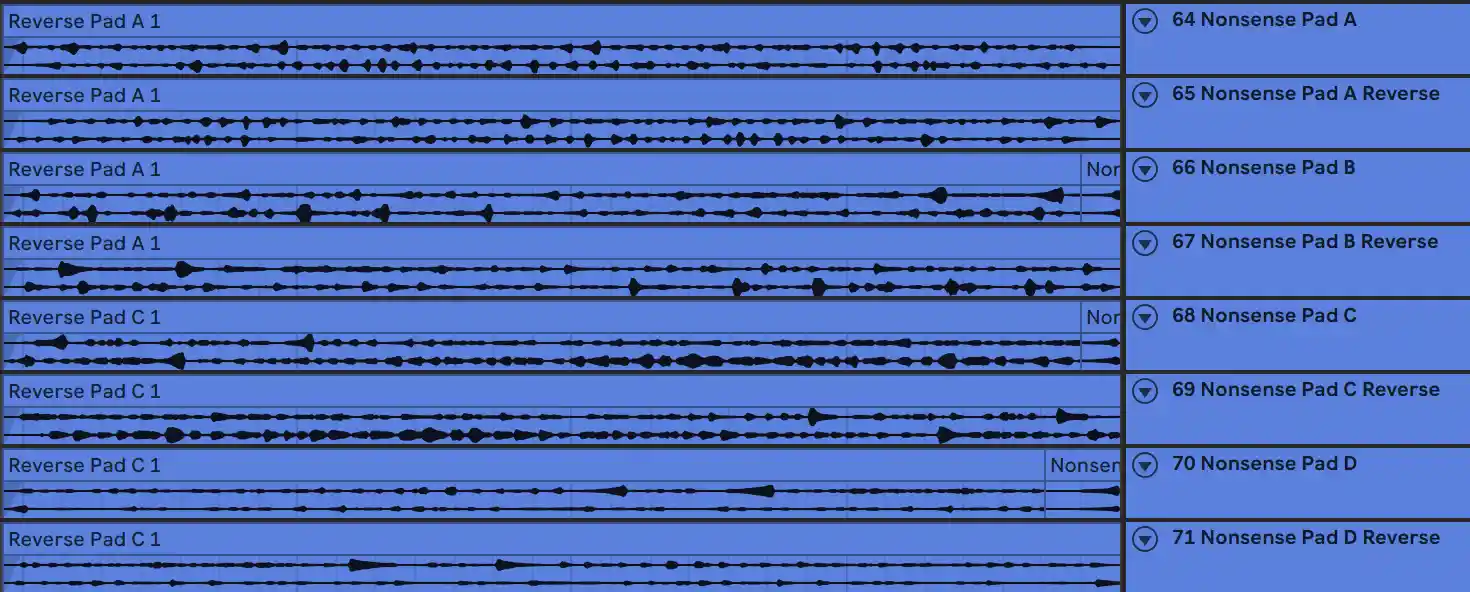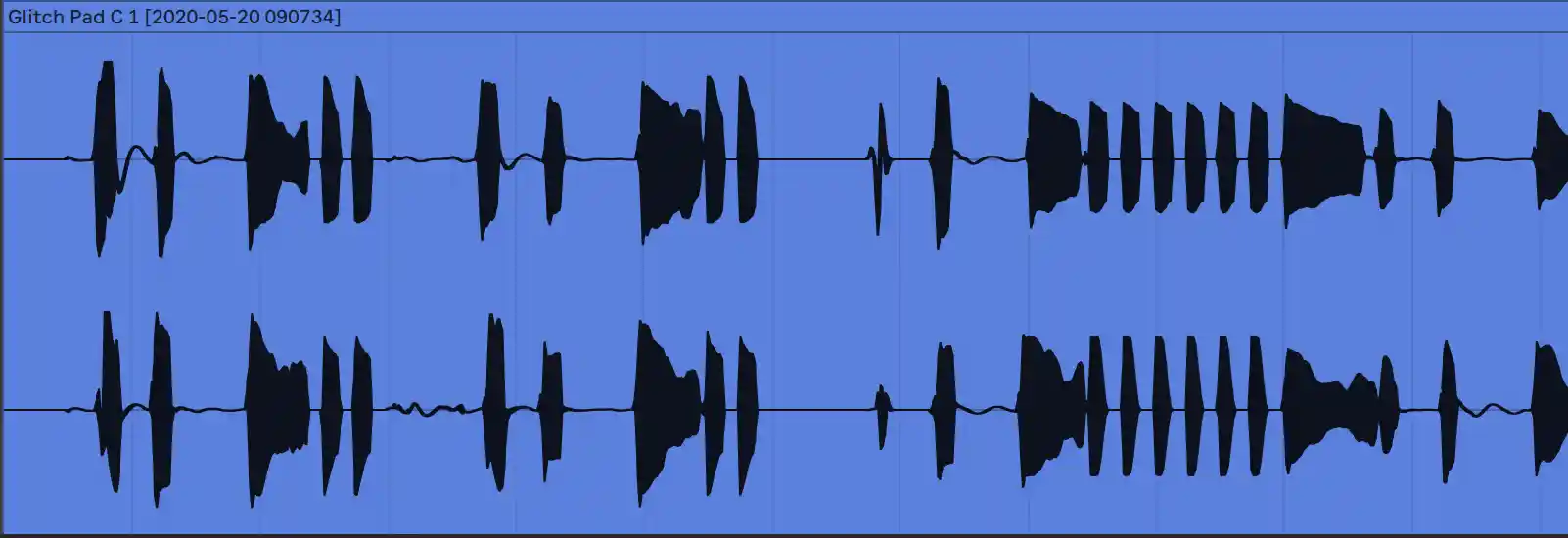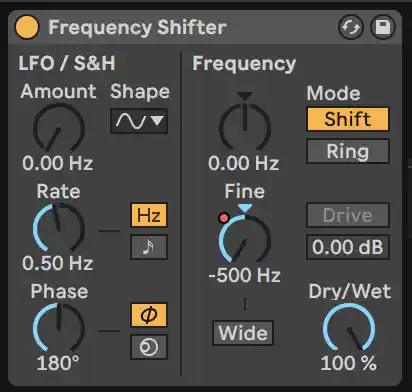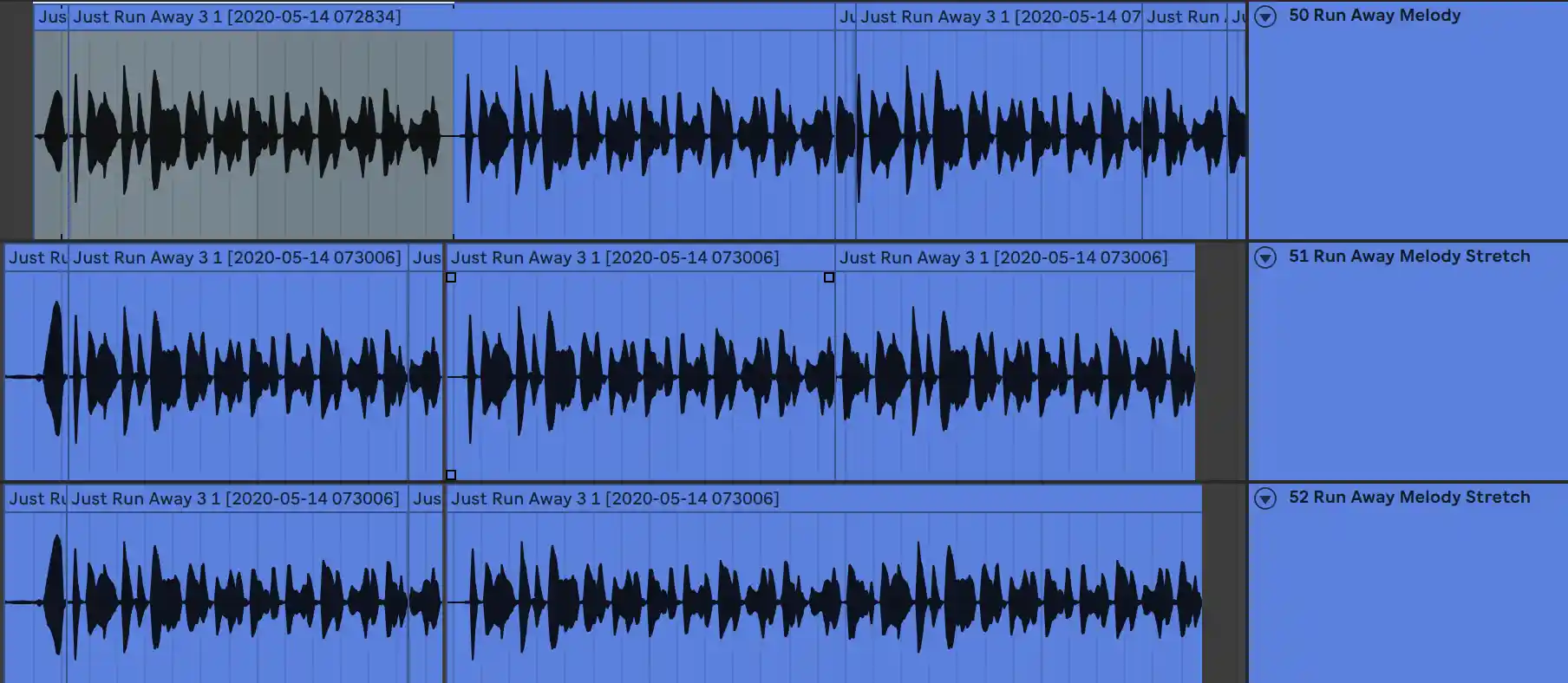VX1 Session: S.U.S.
This is a session walkthrough, from The Making of VX1
The Process
<Playlist title=“S.U.S.” tracks=“https://static.bpev.me/notes/vx1-session-sus/versions.pls”
All of S.U.S. came together rather quickly, and since it’s based off a loop to begin with, I basically went straight into arranging/tracking. Therefore, there is no voice memos for this song.
S.U.S. was primarily formulated from playing around with modulating time signatures, and is kind of a new version of a cough worse cough song I wrote a while back.
My goal with S.U.S. was to use a complex time signature, while making it feel natural and dance-able. I tried to do this by really heavily focusing on kicks, to try and make it feel like a “four on the floor”, when it’s actually more like “fourteen on the floor”.
Percussion Examples
- Verse 1
- Verse 2
- Groove
The name of “S.U.S.” was originally “Run”. The game Among Us got popular while this song was in mixing, and I thought that the lyrics of the song fit well with the idea of an “Imposter”, so I changed the name to be more poggers.
The Session
Main Pad #
Let’s take a look at this sound by examining one of the components we used: the “Oh” sound. We start by singing a bunch of “Ohs” on various pitches.
Then we cut off the attack of each sample. By removing the attack of a voice, we make the sound start without the normal “warmup” that a voice has when making the sound. In this case, I did it quite purposefully, in order to make the voice sound more like a synth.
Once I have turned each of these into individual notes, I attach them to piano keys, and sequence them into chords!
I repeated the same process with some whistles…
And done!
Lead #
The lead for this song was pretty straightforward. Consists of the Solo voice, one normal double track, and a “phone dub”. Phone dub is just a double that was tracked using the earpiece of an old phone.
Lead Vocals
- Lead Solo
- Lead Phone Dub
- Combined
Harmonies #
Throughout the entire song, there are exactly 3 different direct harmonies that happen. Each use a total of 6 voices singing 3 parts:
Verse 2 Additions #
A lot of the same core components continue into verse 2. We just add more percussion, more rhythm, and more noise on top, in order to make the feel more active.
The lead goes up an octave...
We add some more rhythm pads...
EE Pad
This was inspired by Renaissance chorus music from back when I sang more choral music. Somewhat defined by a more nasal-tone and more rounds. Of course, I clearly took my own liberties as well…
Nonsense Pad
It felt like I needed to fill some space, and make the second verse feel more active, so I added some rather open-ended vocals that just stayed in key. I “doubled” the amount of voices by reversing the tracks (see the track names “Nonsense Pad X” vs “Nonsense Pad X Reverse”).
The Groove Breakdown #
After is probably my favorite groove from the entire album.
Glitch Pad
This pad was so fun to make? Similar to the rest of this song, I didn’t care if this sounded “acappella”, but I DID care deeply that it sounds futuristic and cool. During the groove section, I’d say this pad is the main driver of this feeling (and also the main driver of the rhythm).
The main grove pad has two defining characteristics:
- The glitchy-ness comes from manual cuts. Basically, I just removed the sound from pieces of the vocal line in order to create rhythms
- An automated pitch shift adds some texture to the beginning and end of phrases.
Run Away Melody
The idea with the “Run Away Melody” was to create a double track that slowly turns into a delay, transitioning the melody from being at the forefront into being a texture. I did this by doubling a copy into three tracks, and stretching the audio at three different rates, so they sloooowly de-sync with each other.
Anywayssss, that’s it!
Next is Highwire!







